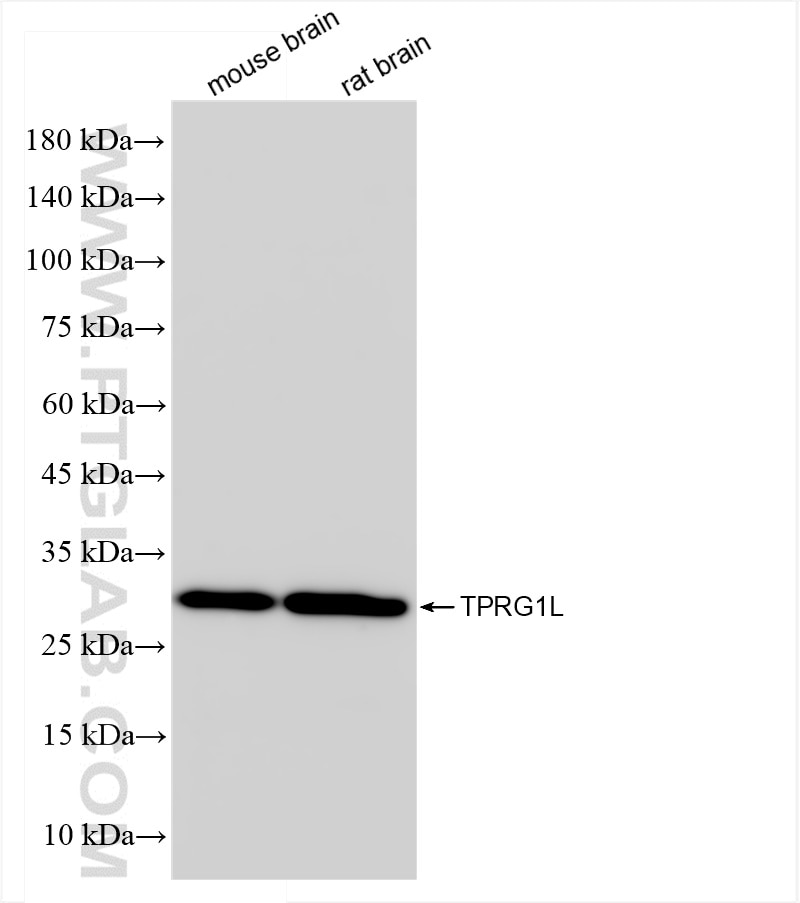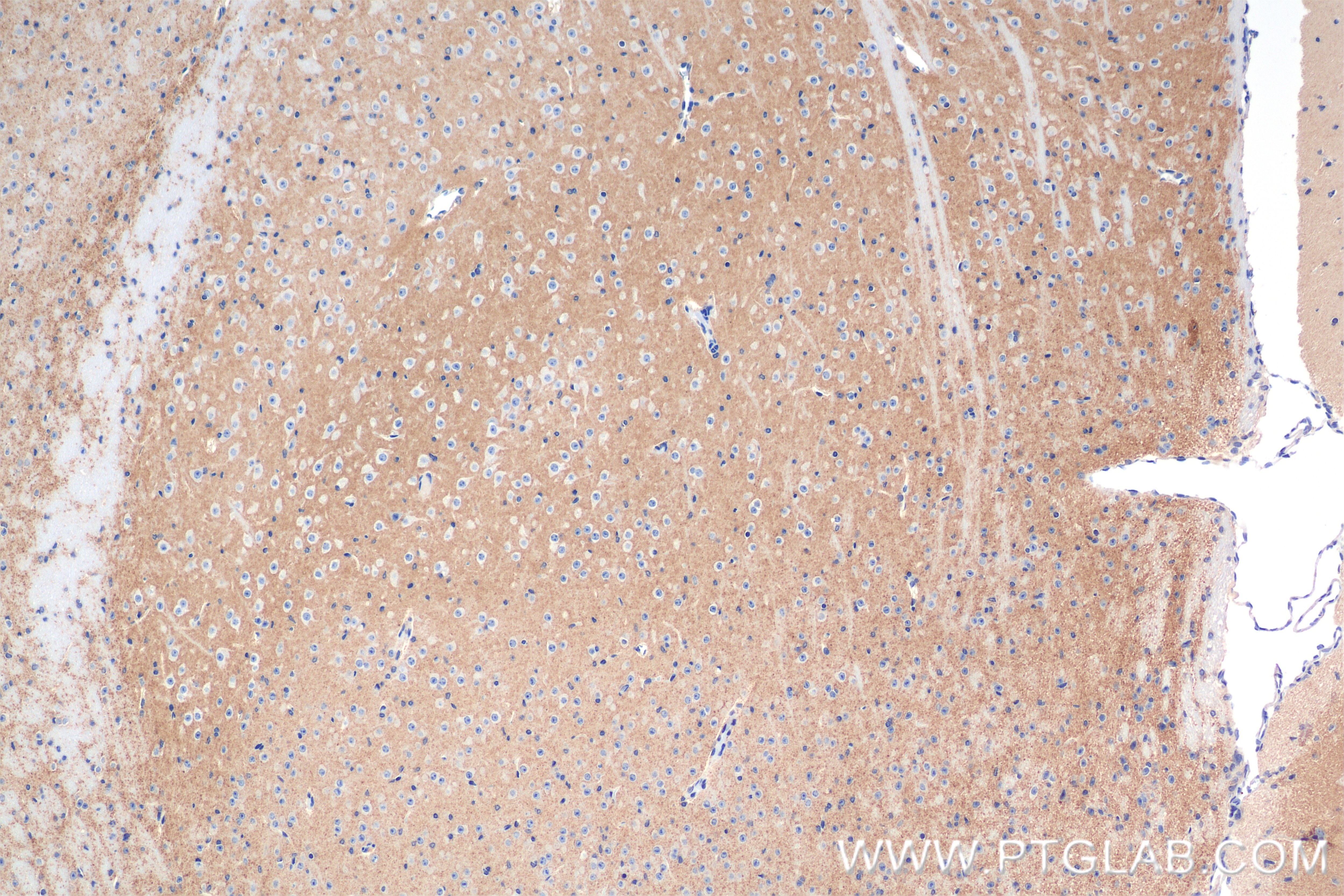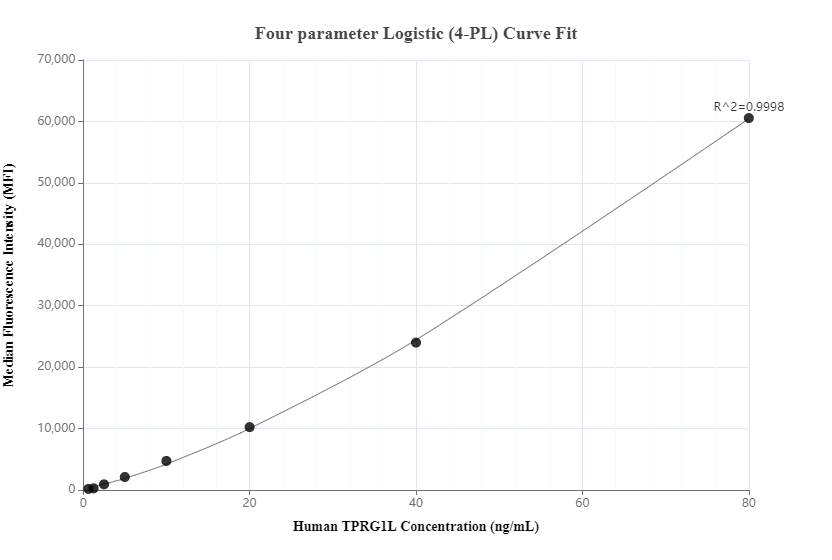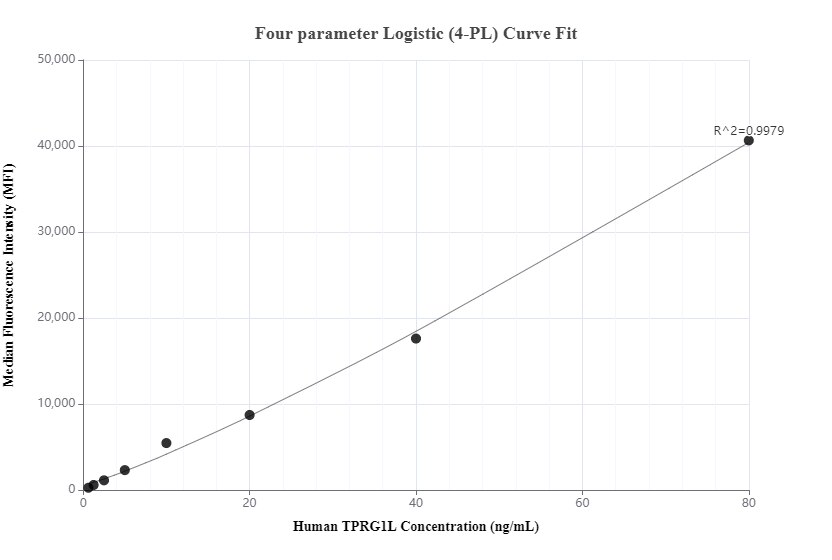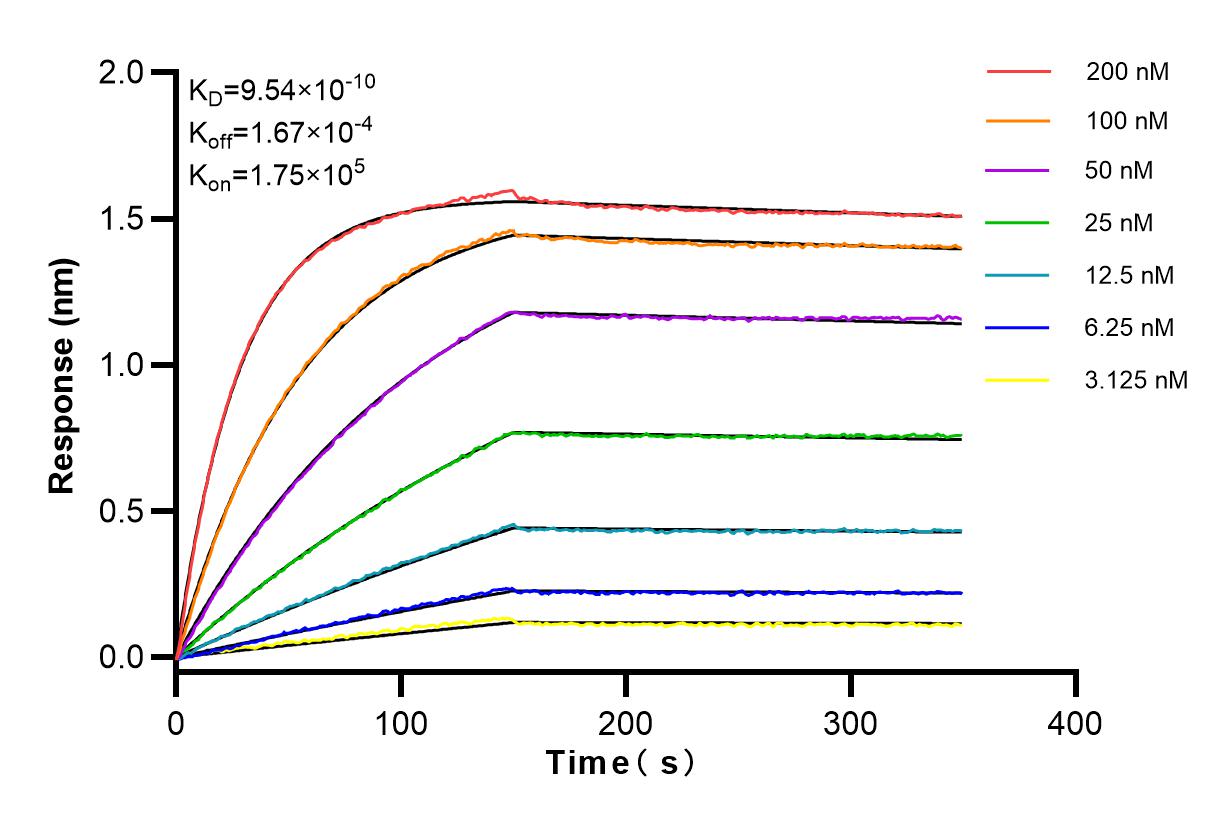Product Information
83989-3-PBS targets TPRG1L as part of a matched antibody pair:
MP00883-1: 83989-1-PBS capture and 83989-3-PBS detection (validated in Cytometric bead array)
MP00883-3: 83989-2-PBS capture and 83989-3-PBS detection (validated in Cytometric bead array)
Unconjugated rabbit recombinant monoclonal antibody in PBS only (BSA and azide free) storage buffer at a concentration of 1 mg/mL, ready for conjugation. Created using Proteintech’s proprietary in-house recombinant technology. Recombinant production enables unrivalled batch-to-batch consistency, easy scale-up, and future security of supply.
This conjugation ready format makes antibodies ideal for use in many applications including: ELISAs, multiplex assays requiring matched pairs, mass cytometry, and multiplex imaging applications.Antibody use should be optimized by the end user for each application and assay.
| Tested Reactivity | human, mouse, rat |
| Host / Isotype | Rabbit / IgG |
| Class | Recombinant |
| Type | Antibody |
| Immunogen | TPRG1L fusion protein Ag22585 Predict reactive species |
| Full Name | tumor protein p63 regulated 1-like |
| Observed Molecular Weight | 30 kDa |
| GenBank Accession Number | BC019034 |
| Gene Symbol | TPRG1L |
| Gene ID (NCBI) | 127262 |
| Conjugate | Unconjugated |
| Form | Liquid |
| Purification Method | Protein A purification |
| UNIPROT ID | Q5T0D9 |
| Storage Buffer | PBS only , pH 7.3 |
| Storage Conditions | Store at -80°C. |
Background Information
Presynaptic protein involved in the synaptic transmission tuning. Regulates synaptic release probability by decreasing the calcium sensitivity of release.
